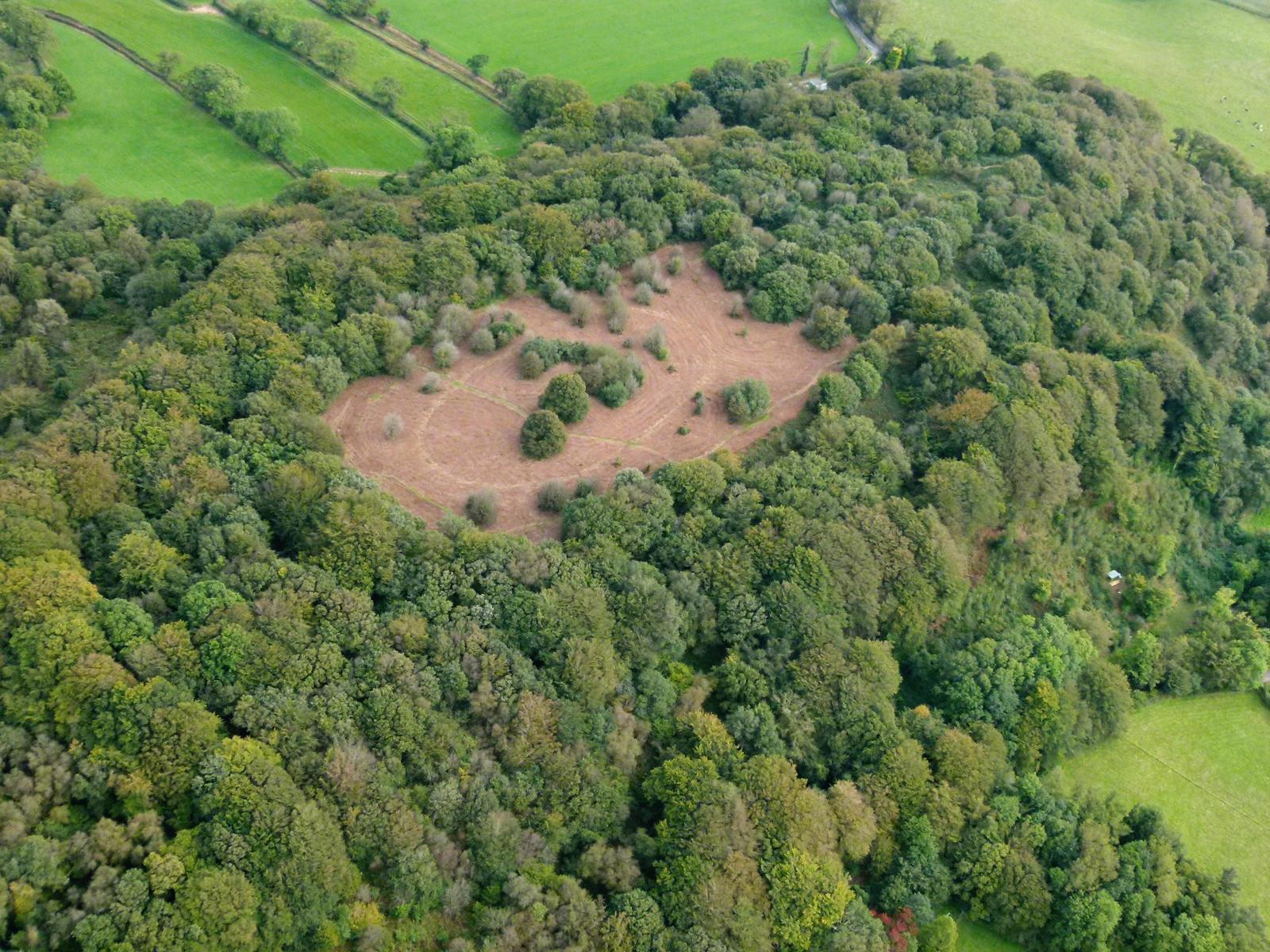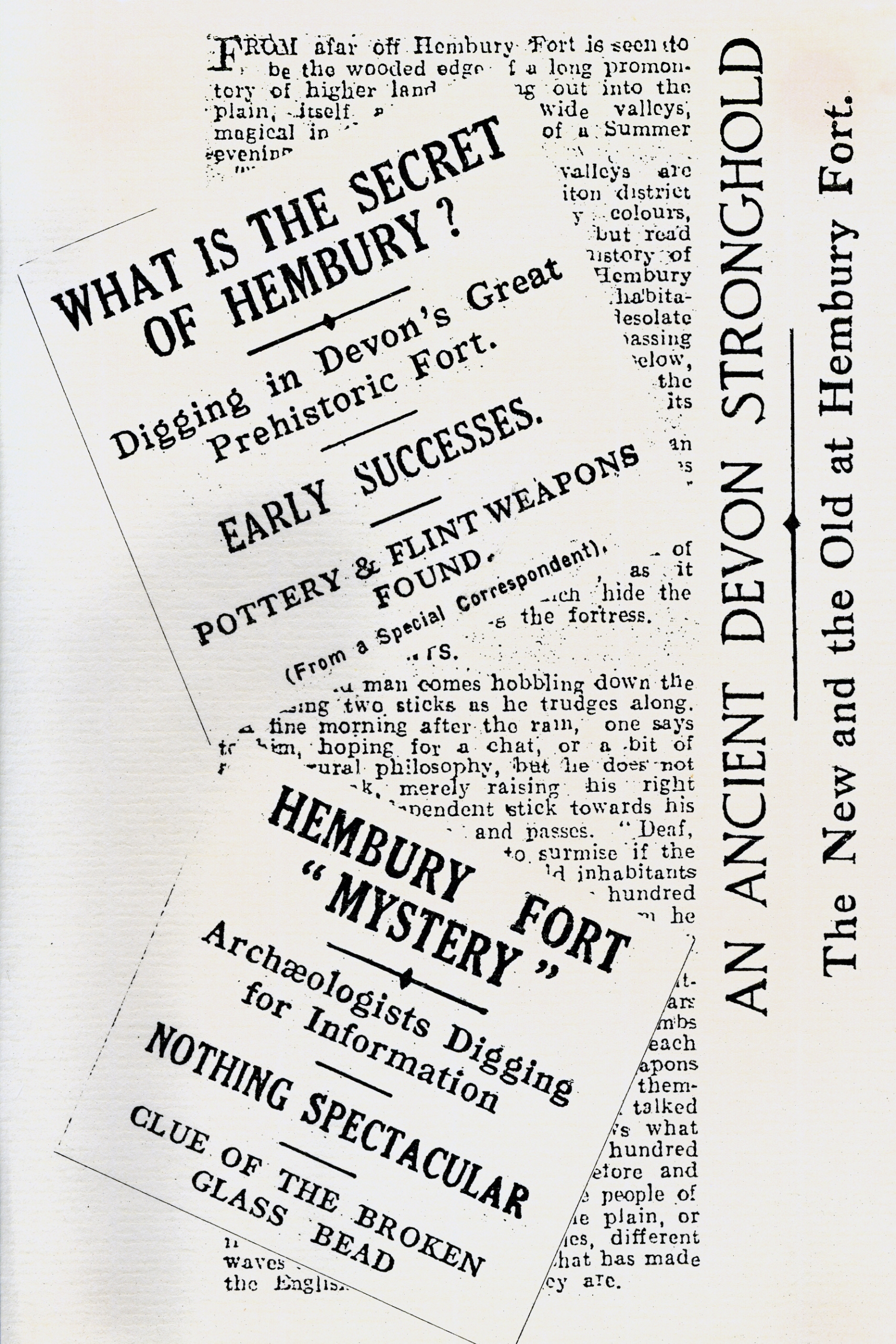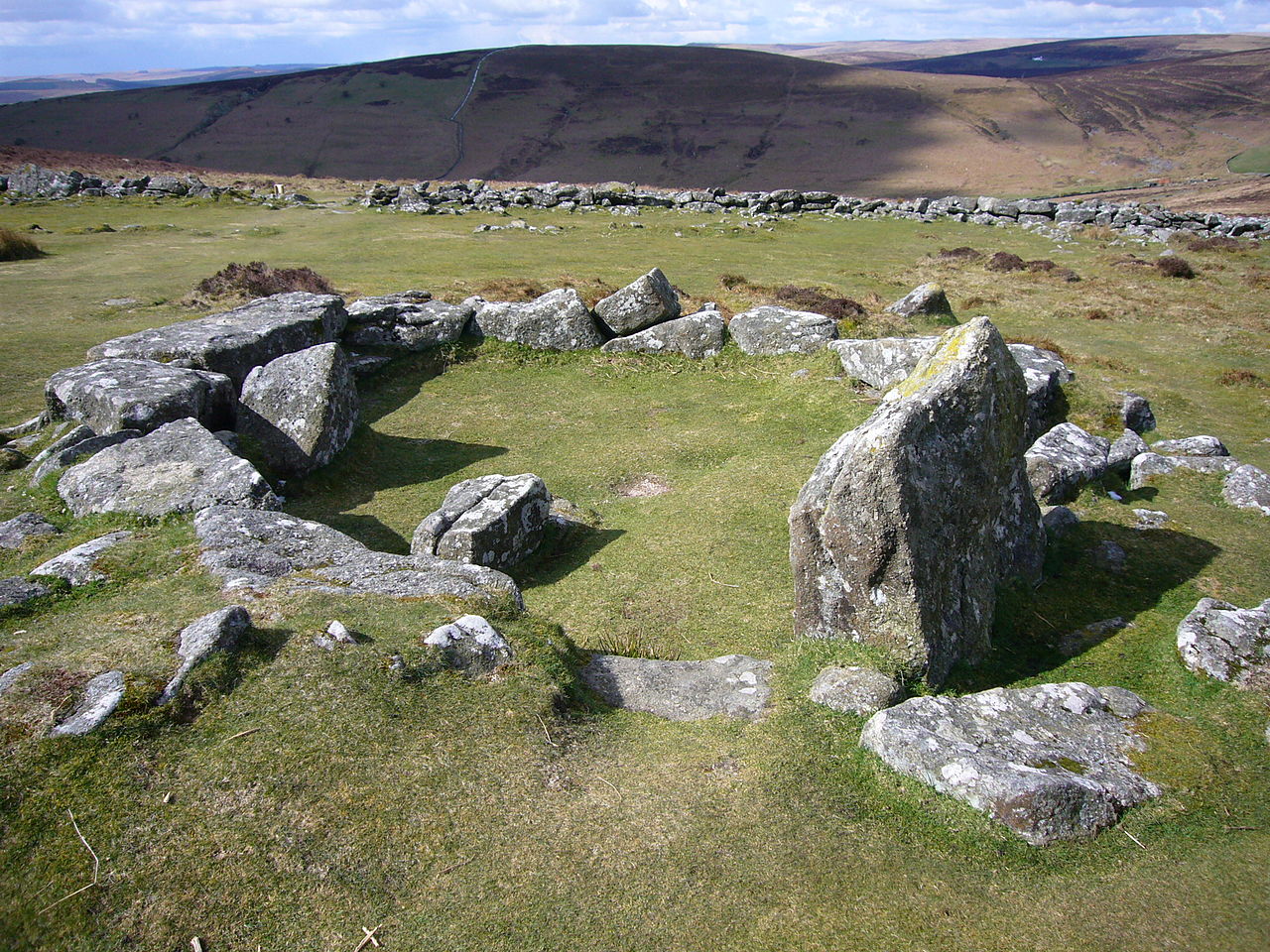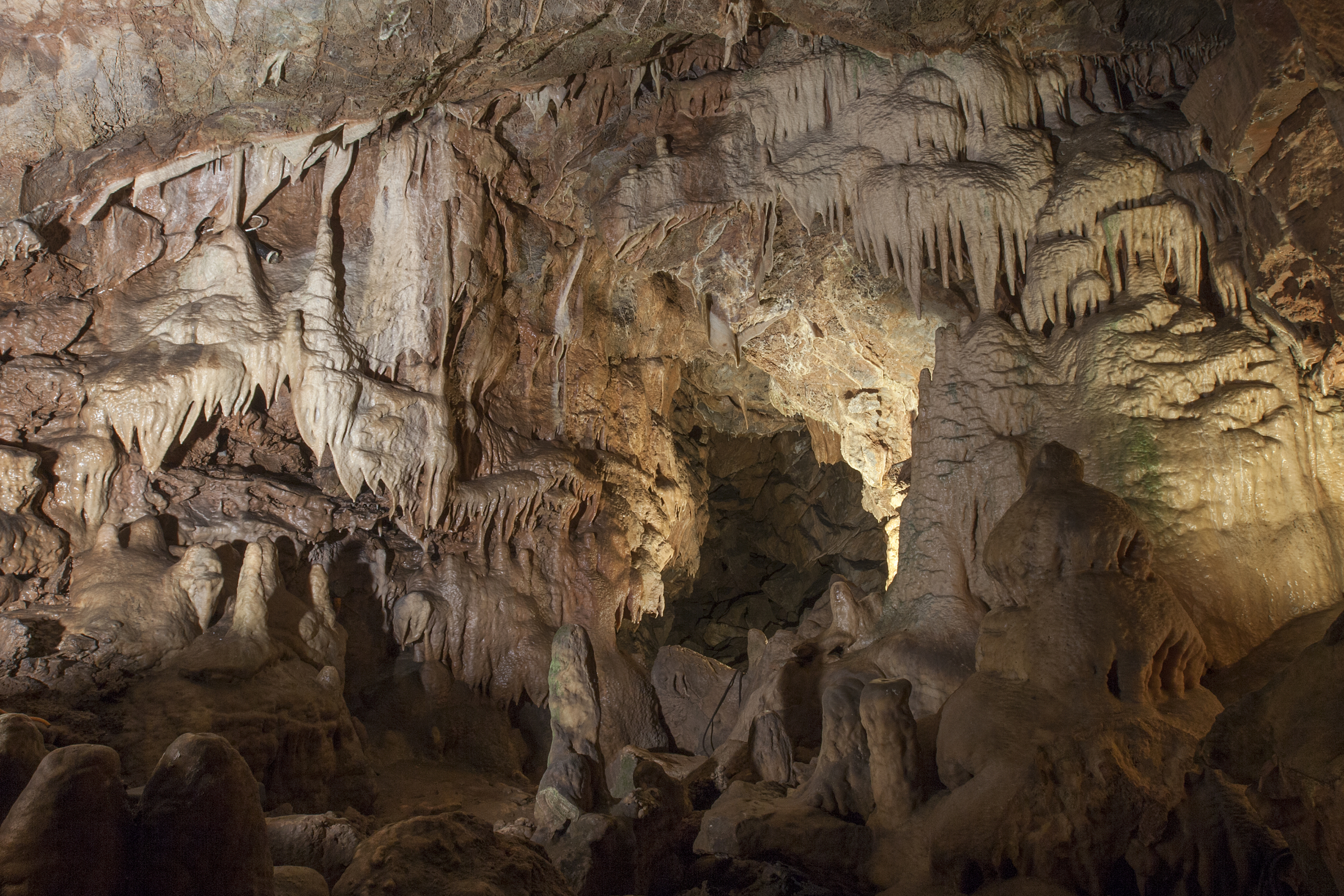Prehistoric Times in Devon
Iron Age
In Devon the Iron Age began in about 750 BC and lasted until the Romans arrived in 50 AD.
In Devon we can see the remains of the Iron Age as hillforts around the county. These were enclosed forts with banks called ramparts, though not all of these were for defense or could be kept safe from attack, but were probably just settlements on higher ground, as the lower ground would have been boggy or heavily wooded.
Waste in the Iron Age
Archaeologists use evidence from what is found in dumps or middens to work out what life was like. Everyday life would have been quite different to nowadays. People in the Iron Age were using clay bowls, cooking on wood fires and smelting metals like iron, bronze, copper, as well as having gold jewellery and decorative woven clothing. Coins were used in Iron Age Britain but mainly in South East England.
BBC Bitesize Resources.
BBC Bitesize has some interesting pages about jobs in Iron Age Britain.
University of Oxford – Celtic Coin Project
Find out more about coins in Iron Age Britain with these resources developed by a project based at Oxford University.
Online Resources for More than Money: Coins in Iron Age Britain
Dartmoor National Park
Dartmoor National Park have lots of resources about the Prehistory of Dartmoor.
Hembury Hill Fort Resources.
KS2 Hembury Hill Fort Lesson Resources
KS2 Hembury Hill Fort Lesson Plan
KS1 Hembury Hill Fort Lesson Resources
KS1 Hembury Hill Fort Lesson Plan
Milber Down Iron Age Hill Fort, Newton Abbot
History of Waste Worksheet – Iron Age Jobs
We have created a worksheet where jobs are matched to the waste that would have been left behind.
What would I have thrown away in the Iron Age?
Bronze Age
In Devon the Bronze Age began in around 2000BC and lasted until the Iron Age in about 700BC.
People from the Bronze Age made their mark on the Devon countryside by leaving behind lots of burial mounds and stone monuments. These are really obvious on Dartmoor and Exmoor, as the countryside is open and hasn’t been ploughed up. These moorland sites are ideal places to go and look at the remains.
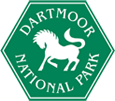 Dartmoor National Park have lots of great resources about the Bronze Age. Take a look at their Teachers and Educators pages to find out more.
Dartmoor National Park have lots of great resources about the Bronze Age. Take a look at their Teachers and Educators pages to find out more.
Grimspound Prehistoric Settlement Resources.
Reconstruction Drawing of Grimspound
Stone Age
People like us have lived in Devon for 42,000 years, longer than anywhere else in the UK.
A tooth found in Kents Cavern in Torquay is the oldest human remains ever found in England. Stone Age people used fire to cook their food and tools to cut up meat and animal skins. Evidence of fire and their tools have also been found at Kents Cavern.
Waste in the Stone Age
There would have been very little waste left behind by humans in the Stone Age. Archaeologists find ash from fires, bones from animals and stone tools. Other things like rope made from plants, clothing made from leather and wooden items like musical instruments or toys have not been preserved in the archaeological record, but did exist.
The Education Team at Kents Cavern have developed a great resource all about the Stone Age. Take a look at their Classroom Resources pages to find out more. The Learning Pack has been developed to incorporate a trip to Kents Cavern along with four downloadable lessons in school.


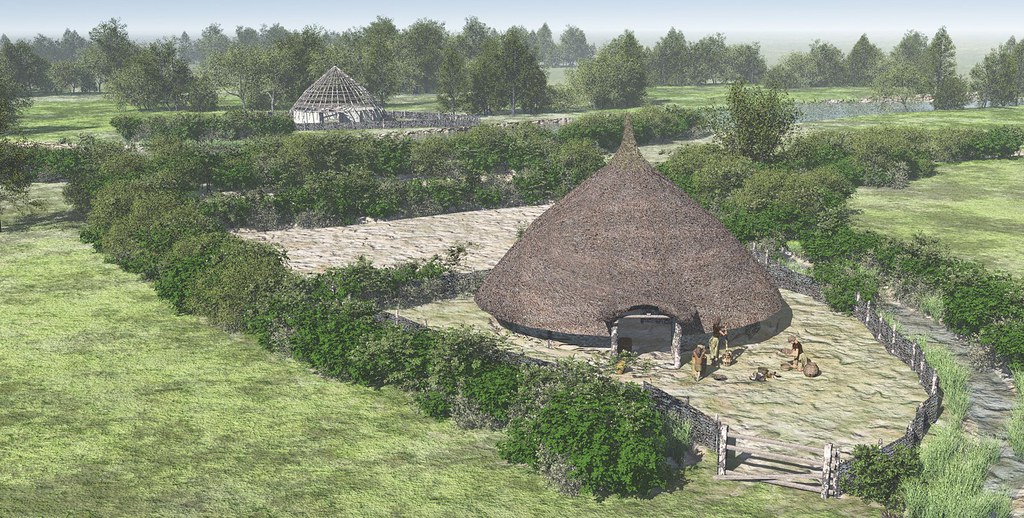
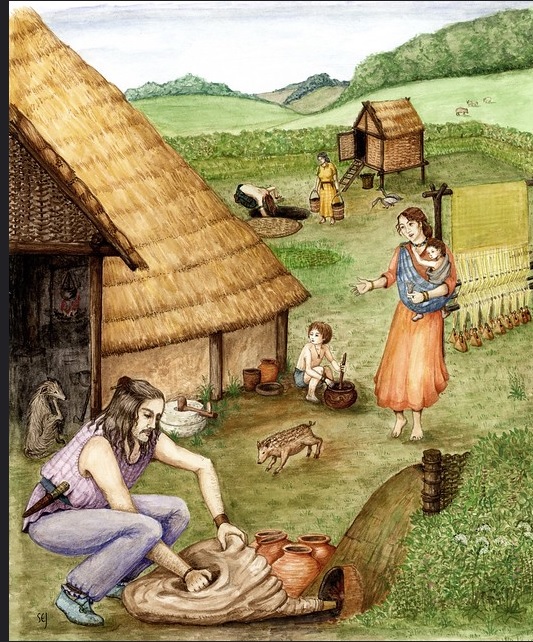
 The
The 